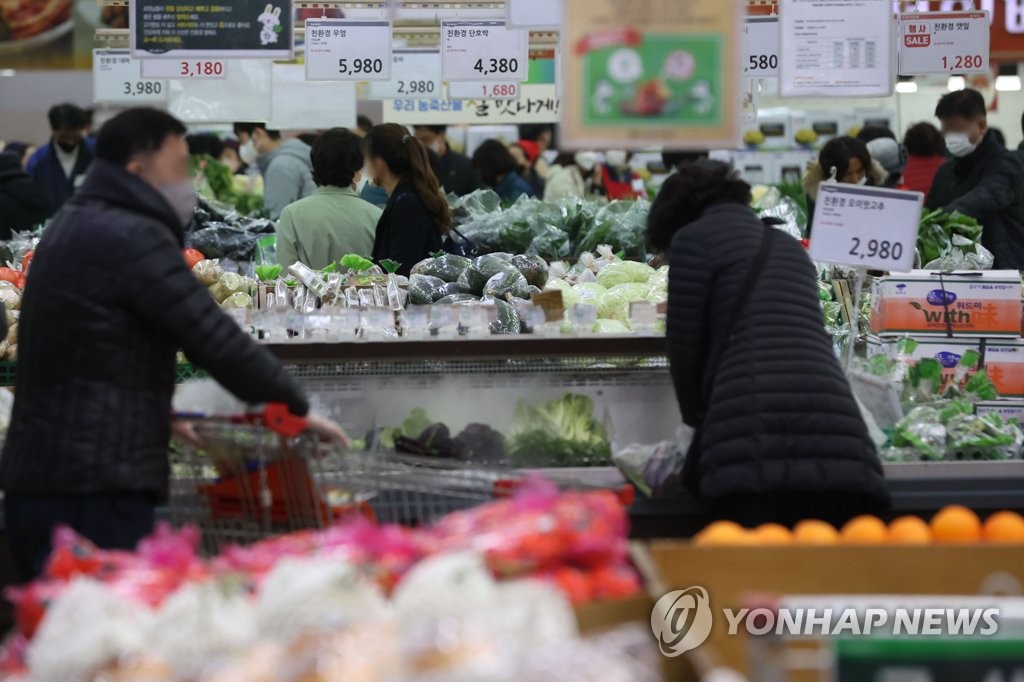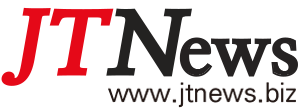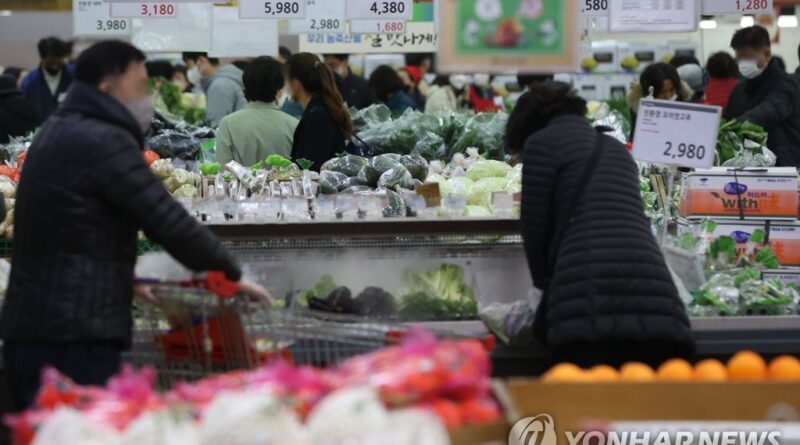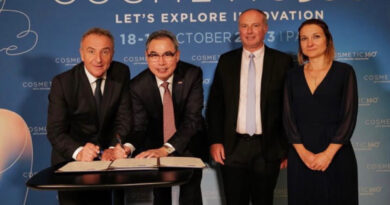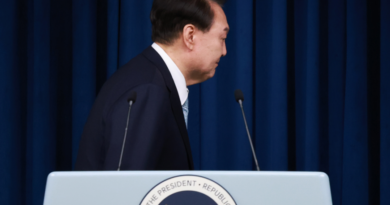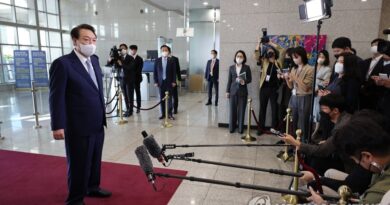(LEAD) S. Korea’s consumer prices up 5 pct on-year in Nov., lowest in 7 months
SEOUL, Dec. 2 (Yonhap) — South Korea’s on-year growth in consumer prices sharply slowed in November from a month earlier at the lowest level in seven months, data showed Friday, hinting the country’s inflationary pressure has passed its peak.
Consumer prices, a key gauge of inflation, rose 5 percent last month from a year earlier, compared with a 5.7 percent growth tallied in October, according to the data from Statistics Korea. It marked the lowest on-year increase since 4.8 percent tallied in April.
Consumer prices increased at the fastest pace in almost 24 years at 6.3 percent in July. In September, they expanded 5.6 percent on-year.
The figure stayed above 2 percent — the central bank’s inflation target over the medium term — for the 20th straight month in November.
“The prices of processed foodstuff and personal services like dining out, along with electricity, gas, and water, continued to grow,” Eo Woon-sun, a senior Statistics Korea official, said.
“But the growth in prices of agricultural, fisheries and livestock products and other industrial products like petroleum have slowed significantly,” he added.
The price of utility services gained 23.1 percent on-year in November amid the soaring energy prices sparked by the prolonged war between Russia and Ukraine. South Korea relies heavily on imports for its energy needs.
The price of agricultural, fisheries and livestock products moved up 0.3 percent on-year, sharply slowing from the previous month’s on-year rise of 5.2 percent.
Industrial product prices increased 5.9 percent on-year, with those of processed foodstuffs and petroleum products rising 9.4 percent and 5.6 percent, respectively.
Prices of personal services increased 6.2 percent on-year in November, slowing from the previous month’s 6.4 percent rise, with those of dining out soaring 8.6 percent.
Core inflation, which excludes volatile food and oil prices, rose 4.3 percent on-year last month, slightly up from 4.2 percent growth in October.
Prices of daily necessities — 144 items closely related to people’s everyday lives, such as food, clothing, and housing — jumped 5.5 percent in November.
The Bank of Korea has hiked the rate by a combined 2.75 percentage points since August last year to tame inflation. The rate currently stands at 3.25 percent.
The central bank also recently lowered its 2023 growth outlook to 1.7 percent from 2.1 percent predicted three months earlier. It revised down the inflation outlook for next year from 3.7 percent to 3.6 percent as well.
